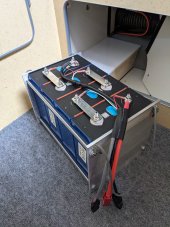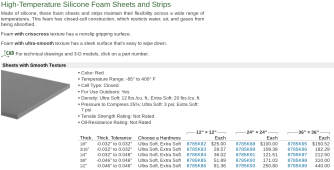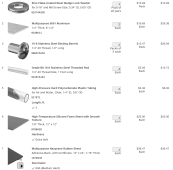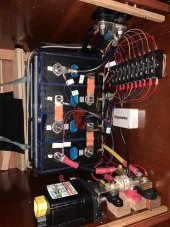It seems as though there are an infinite number of ways to build a fixture for a 4s 280ah battery.
FWIW this is the approach I took...
View attachment 79232
View attachment 79211
View attachment 79212
This battery is for my van camper which I primarily use during the summer to escape the desert heat of southern Arizona. I wanted to be able to easily remove the battery when the van is not in use for the 8 months I spend at my winter home. During the shoulder seasons the temperature in the van regularly exceeds 100 degrees - which is not good for the battery!
Space constraints dictated the design, in particular the overall length. IMHO this design offers some advantages over other approaches. For example: the threaded rod in combination with the binding barrels reduces the overall length and takes some of the guesswork out of 'fixture compression'. The components I used resulted in about the right amount of compression. IE: After the pack is fully assembled you tighten the binding posts all the way, this puts an equal amount of compression on the pack, no need to guess how much torque to apply to the nuts on the threaded rod. If you need more or less compression simply add or remove some washers.
I felt it was important that the threaded rod & binding posts be manufactured with tight tolerances, which I believe these are. It was not necessary to modify the length of the threaded rods. The 8" x 8" aluminum plate works out to be just the right size. So all you need is a hand drill to make the holes in the end plates and a pair of scissors to cut the foam & neoprene separators.
I read somewhere on this thread that
Norseal was recommended to use between the cells. The silicone foam I chose had very similar characteristics to what was recommended at about 1/3 the cost. I placed that material between the cells and placed neoprene on the aluminum end plates. The end result is a fairly compact monolithic block that exhibits no lateral flexing or twisting...
View attachment 79213
View attachment 79214
The total cost for this approach is quite high! McMaster Carr sells premium products at a premium price! However - as I said - space constraints forced me to keep the overall length to an absolute minimum. No doubt some of the components could be substituted with something less expensive. I present this BOM as a guide for what to consider when choosing components.
McMaster-Carr is the complete source for your plant with over 595,000 products. 98% of products ordered ship from stock and deliver same or next day.

www.mcmaster.com
McMaster-Carr is the complete source for your plant with over 595,000 products. 98% of products ordered ship from stock and deliver same or next day.

www.mcmaster.com
McMaster-Carr is the complete source for your plant with over 595,000 products. 98% of products ordered ship from stock and deliver same or next day.

www.mcmaster.com
McMaster-Carr is the complete source for your plant with over 595,000 products. 98% of products ordered ship from stock and deliver same or next day.

www.mcmaster.com
McMaster-Carr is the complete source for your plant with over 595,000 products. 98% of products ordered ship from stock and deliver same or next day.

www.mcmaster.com
McMaster-Carr is the complete source for your plant with over 595,000 products. 98% of products ordered ship from stock and deliver same or next day.

www.mcmaster.com
McMaster-Carr is the complete source for your plant with over 595,000 products. 98% of products ordered ship from stock and deliver same or next day.

www.mcmaster.com
View attachment 79217










